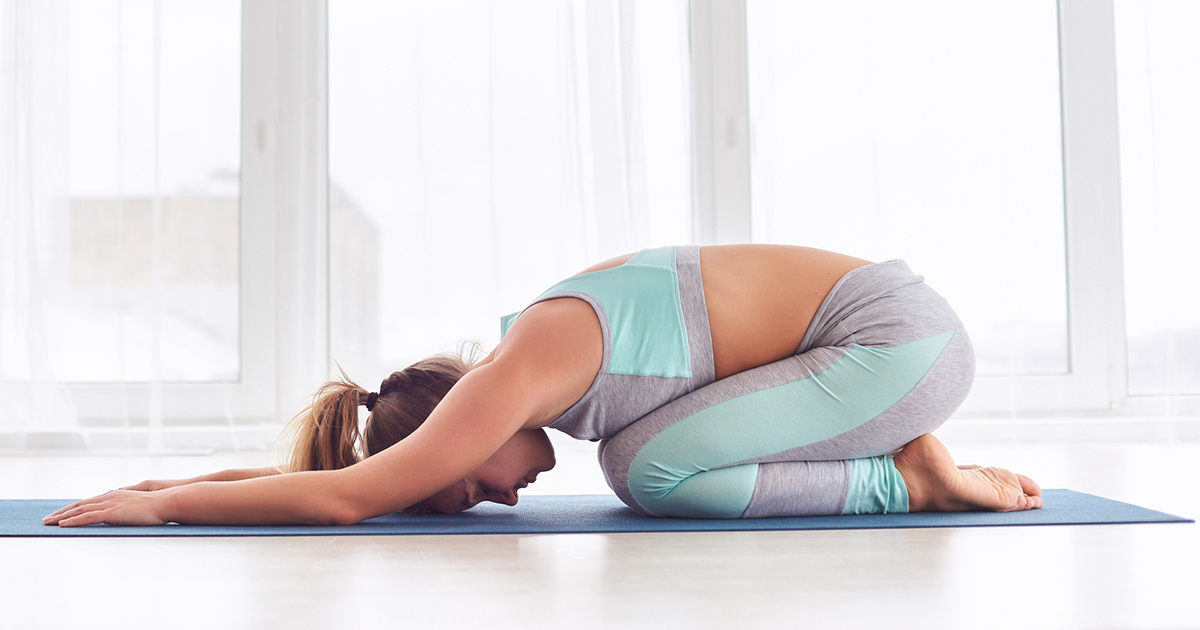How Yoga Nidra Improves Sleep
Yogic sleep, also called yoga nidra, is one of the most powerful tools that can be used to provide a person with a sense of calmness and relaxation. Yoga nidra also remains one of the easiest types of yoga to practice. Numerous mental and physical benefits come with the regular practice of this ancient method of meditation. Everyone has stresses in their life and needs a safe way to relax. Some of these stresses can’t be dealt with in a day or two. So to prevent both the mental and physical damage that can come to any individual due to stress, learning to routinely practice yoga nidra is something everyone can benefit from learning. What is yoga nidra? It is a form of guided meditation.
Anyone of any age can practice yoga nidra. Most individuals lie on the floor to participate in the practice, but yoga nidra can be done seated, too. A person can’t do this style of yoga incorrectly, even if they fall asleep. During the practice, you’ll get to know yourself better and gain the ability to enjoy deep, restorative relaxation.
What Is Yoga Nidra?

Yoga nidra is the yogic practice where the mind, spirit, and body experience a state of being between waking and sleeping. During this practice, it has been said the body and mind enter a place where the dream state and reality can communicate with each other. Individuals who experience this state can feel they are more physically and mentally aligned, and can understand themselves better. The practice serves as an antidote to modern life’s frequent fight or flight situations. The other part of the practice that helps individuals feel more in tune with themselves is using a personal intention when meditating. One of the primary goals of practicing yoga nidra is to understand your purpose for life and gain a higher calling in life. Individuals using this practice experienced a meditation that was like dreaming, sleeping and wakefulness combined. Yoga nidra can be done by nearly anyone nearly anywhere. Plus, it takes little to no financial resources to routinely practice this discipline.
Keep reading for information on the benefits of yoga nidra now.
Benefits Of Yoga Nidra

One of the primary benefits of yoga nidra is the practitioner can get to know themselves more intimately. A non-judgemental method is used to explore what the practitioner needs emotionally and physically. The practitioner may be able to experience some emotions that have been holding them back and release these negative feelings. If these negative feelings are not dealt with, an individual’s mental and emotional self can’t work with the physical, energetic, and spiritual parts of their being. Yoga nidra aids an individual in coordinating their mind, body, and spirit.
Continue to discover how to practice yoga nidra.
How To Practice It

Yoga nidra can be practiced with a single intention in mind. It is a type of guided meditation. Bring this intention into this form of meditation to work on it. In other cases, the intention of a practice may occur during the yoga practice. If feelings and emotions come forth during the yoga nidra, the practitioner may safely experience their feelings and be released. The deeper an individual can experience is allowed to occur, the better the practitioner can release any negative emotions that arise. Yoga nidra poses looks like a corpse pose, and lasts for a longer time than the typical corpse pose. During a yoga nidra class, you’ll most likely be in this pose for the entire class. You may use bolsters and blankets during your practice to keep your joints, neck, and back comfortable. A yoga instructor will give instructions for your thoughts, body, and breath that will enable the practitioner to relax while staying conscious deeply. Someone who wants the best results from a yoga nidra practice needs to plan on spending a minimum of thirty minutes practicing this kind of meditation. How to practice it? Practice yoga nidra mindfully.
Learn about when the best time to practice yoga nidra is by reading more now.
When Is The Best Time To Do It?

One of the most productive times to practice yoga of any kind is the first thing in the morning. The next most productive time to engage in yoga nidra is in the early evening. But any time works for this soothing yoga practice, except just before bedtime. Wait to practice yoga nidra until two or three hours after eating. Any meditation like yoga nidra should be done while your stomach is empty and the participant is both relaxed and awake. While individuals often fall asleep during this practice, sleeping during it doesn’t give the practitioner the same benefits as it does when they are wide awake.
Continue reading to learn precisely how yoga nidra benefits sleep now.
How It Improves Sleep

While you don't want to sleep during yoga nidra, sleep happens at times during the practice. How does it improve sleep? This style of yoga relieves a great deal of stress and anxiety for its practitioners. Also, practicing yoga before bet time relaxes individuals with insomnia and helps them fall asleep faster after the practice has taken place. Practicing yoga nidra helps many individuals sleep a higher quality of restorative sleep too. By dealing with the day’s physical, mental, and emotional issues during this yoga practice, yoga nidra’s practitioners tend to sleep better at night and don’t experience racing thoughts and other mental conditions that keep them awake. Their bodies, minds, and spirits are calmer than they were previous to their practice. Plus a deeper, more satisfying type of sleep can occur. Practitioners of yoga nidra report sleeping better at night, and tend to suffer less with issues such as racing thoughts.